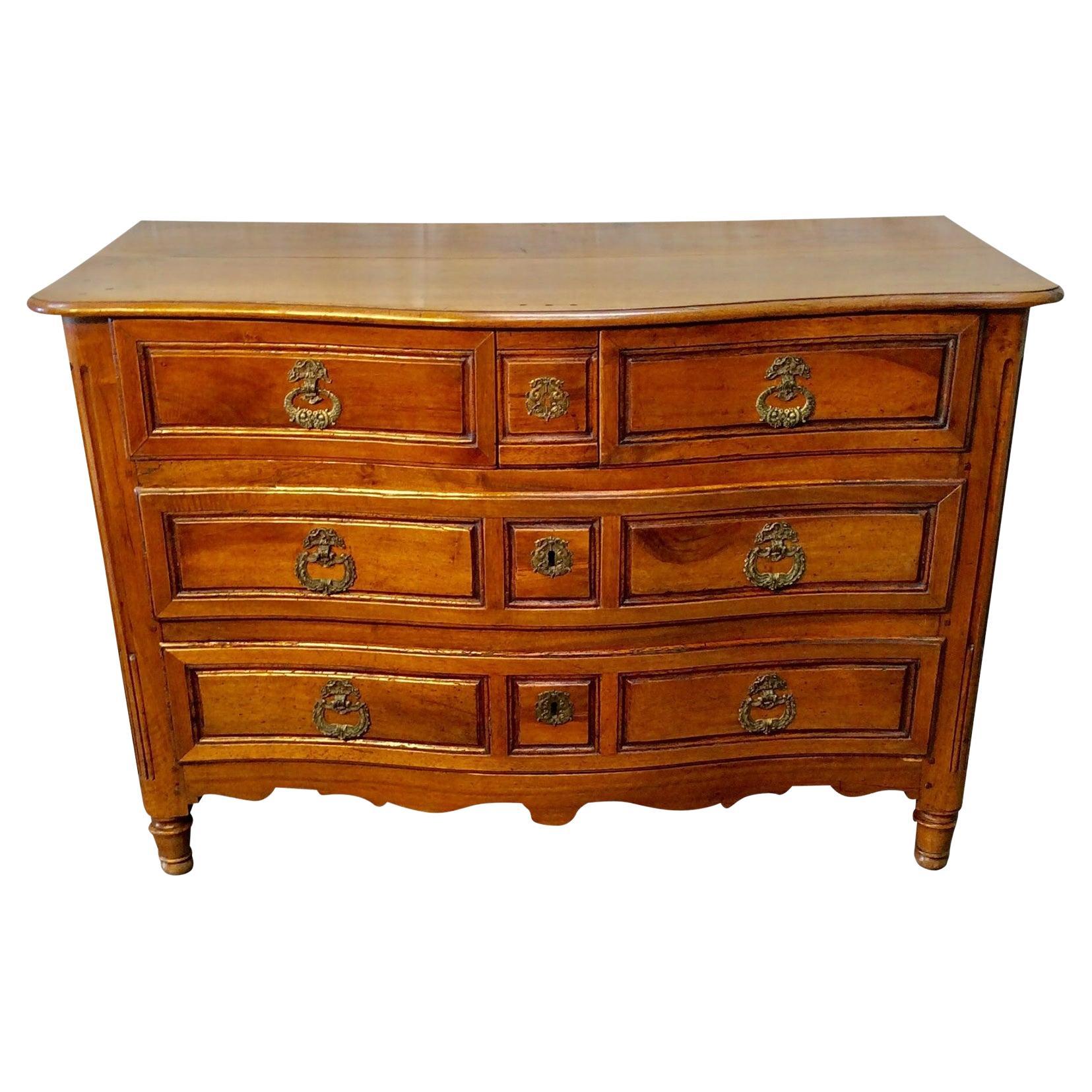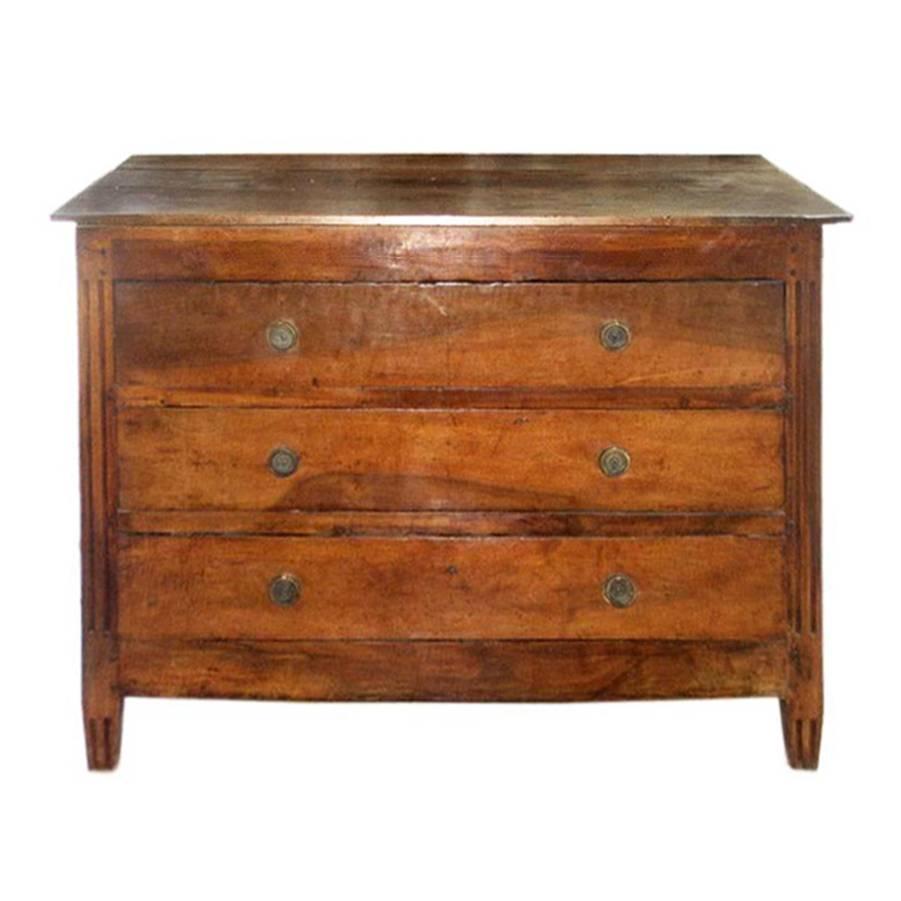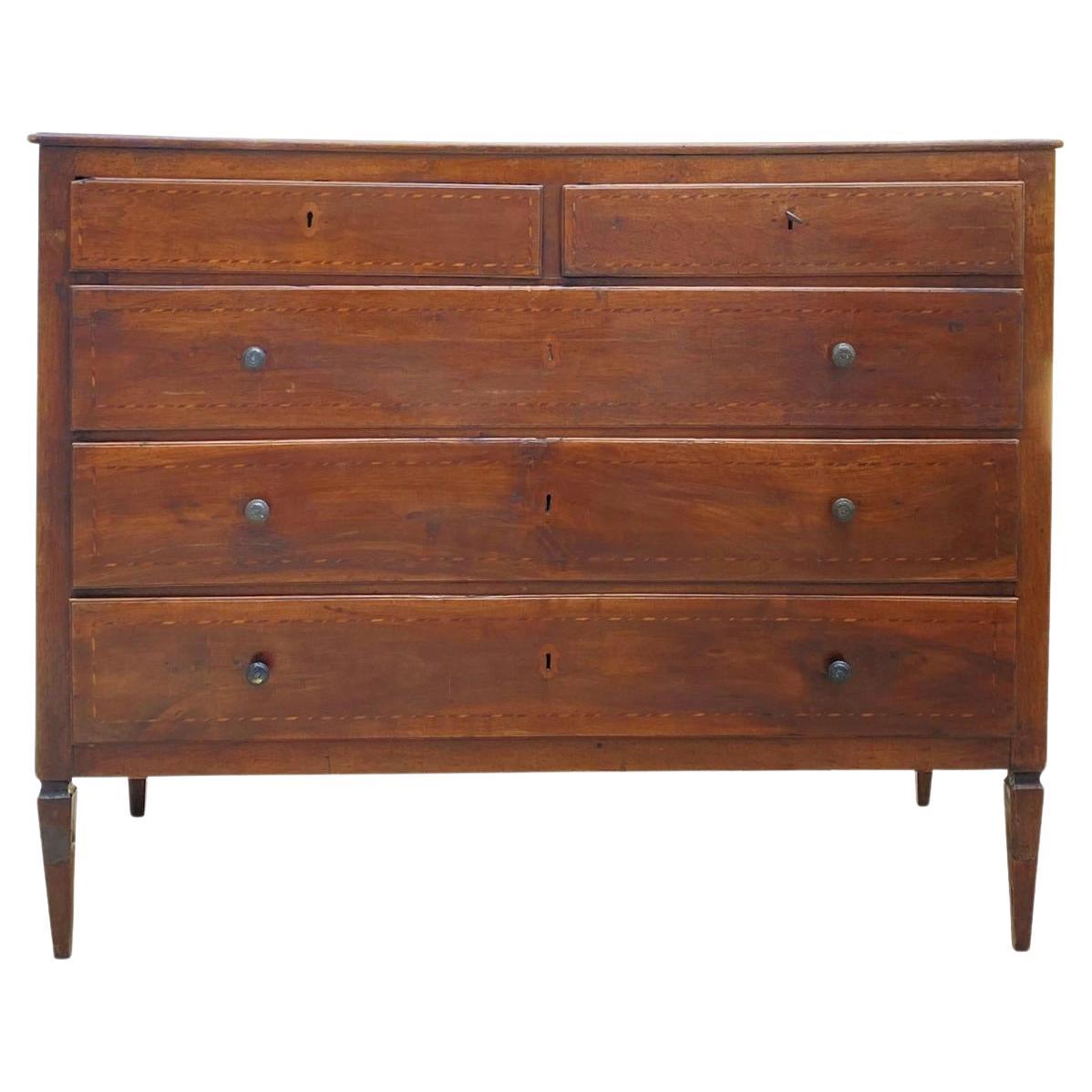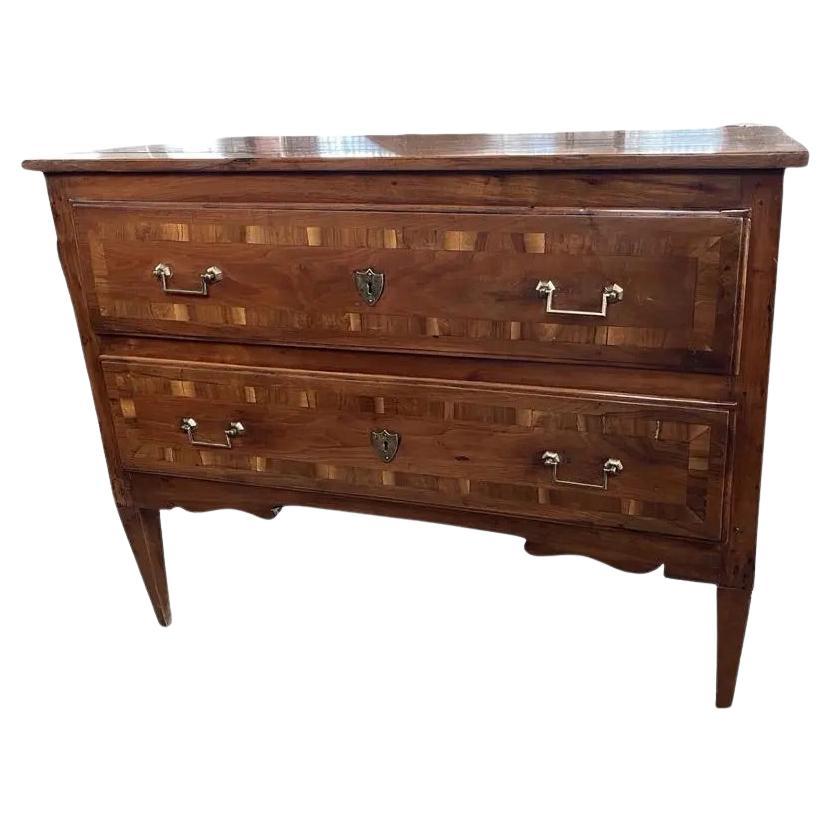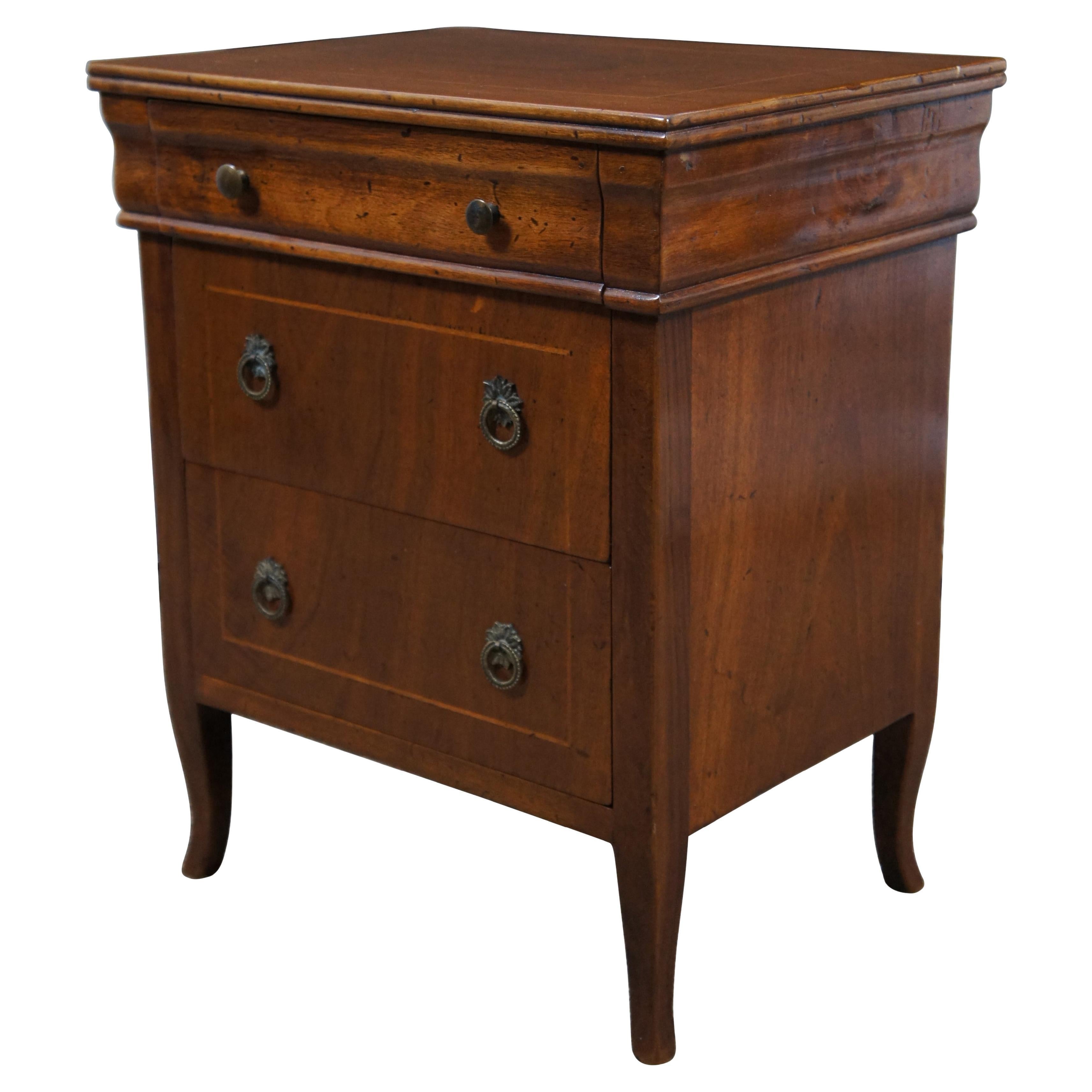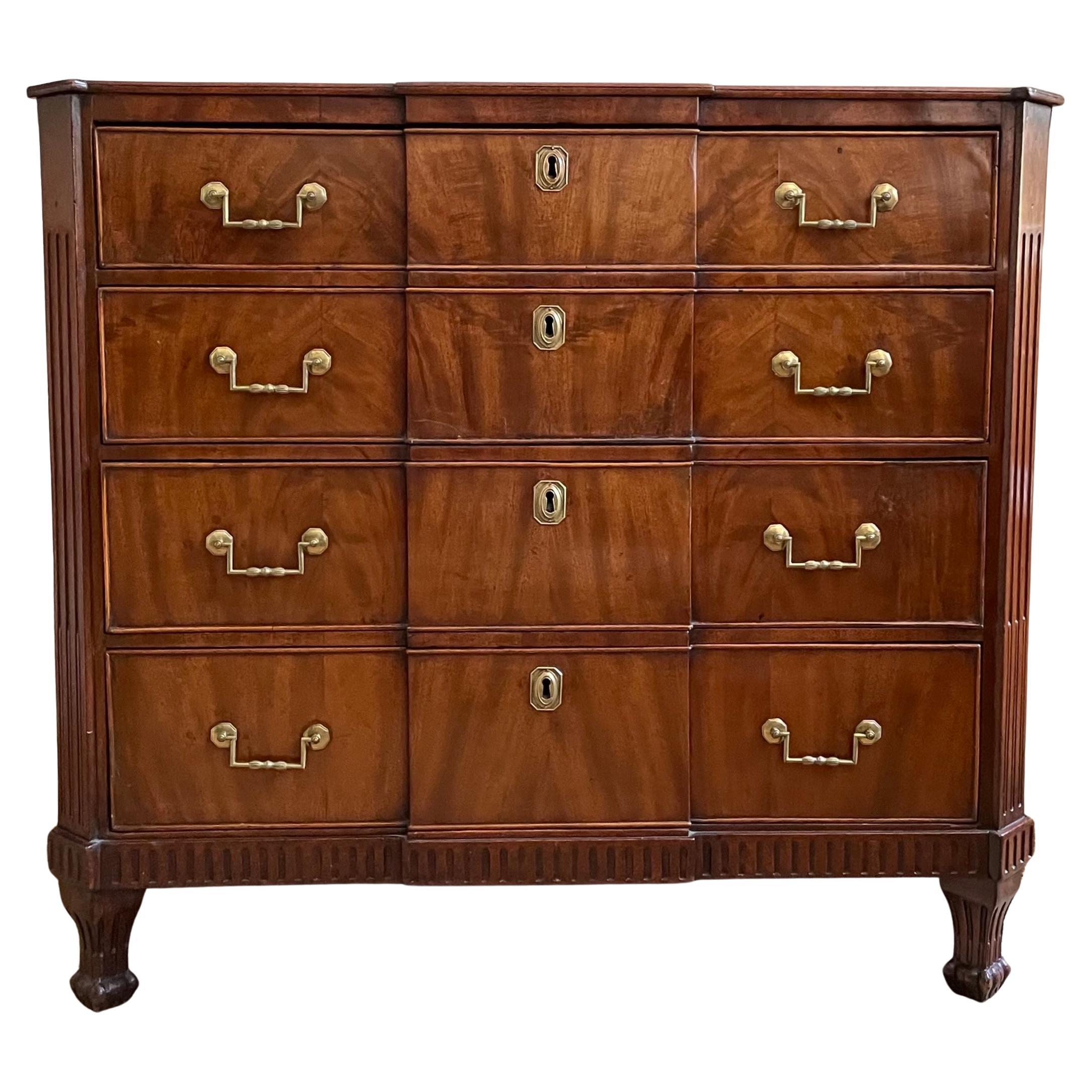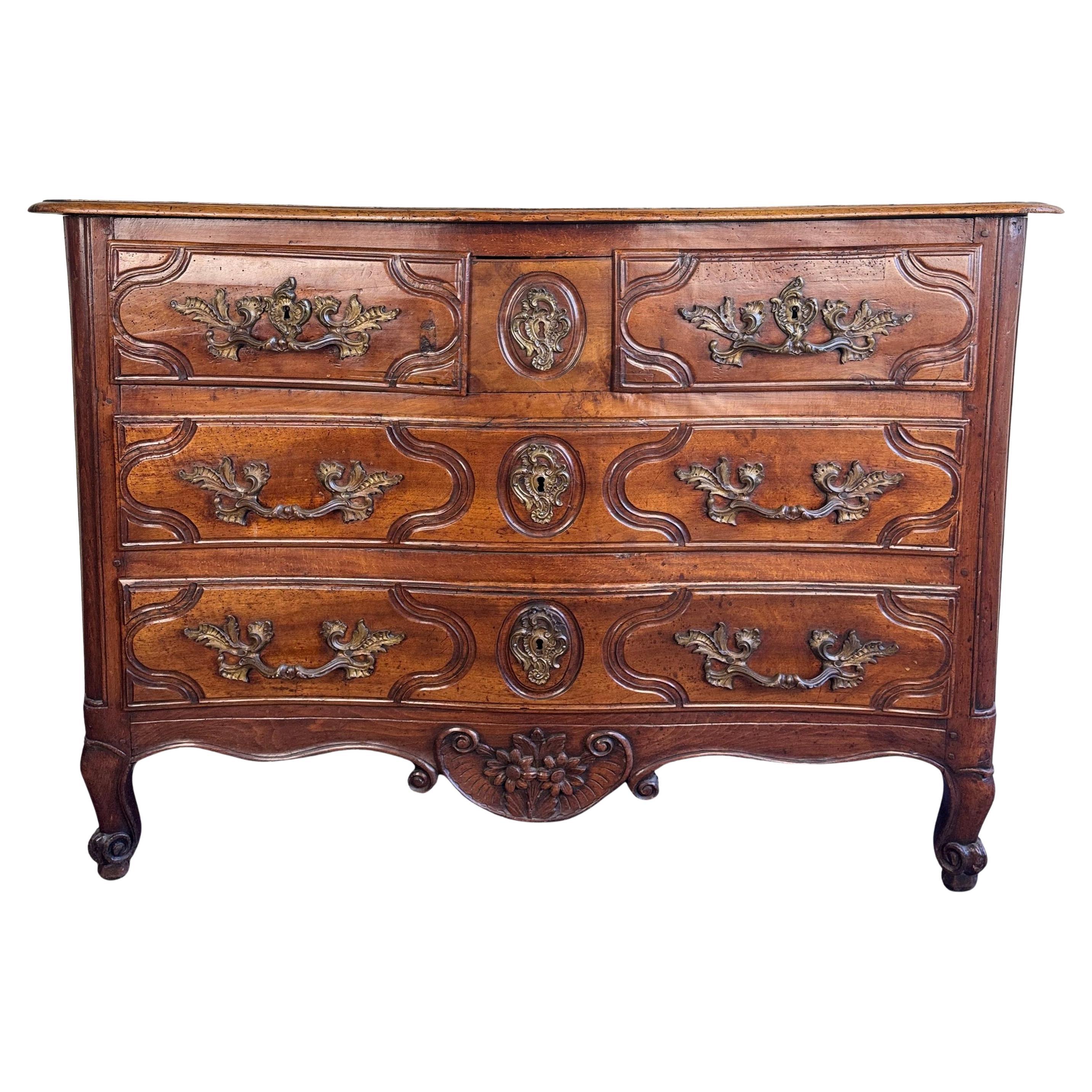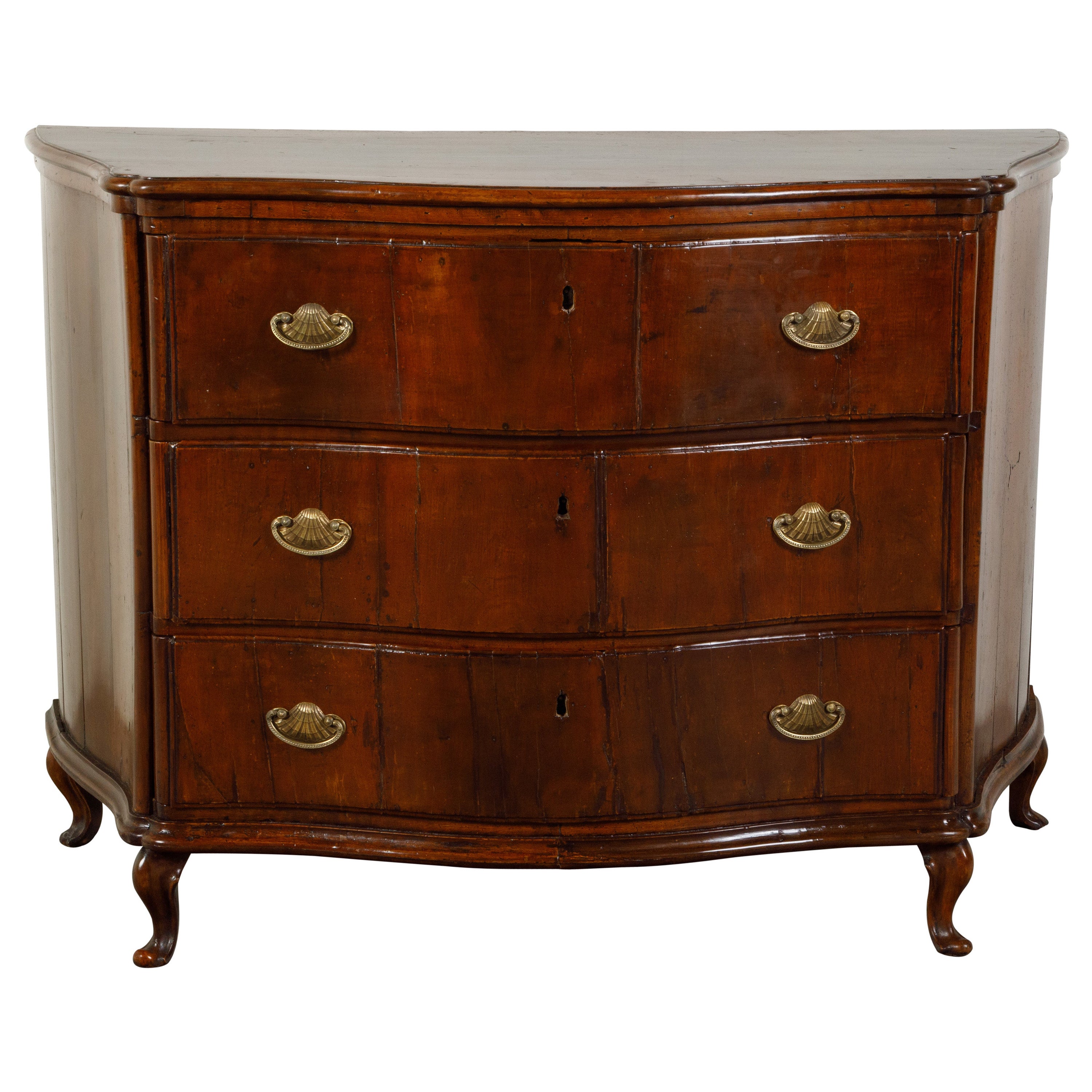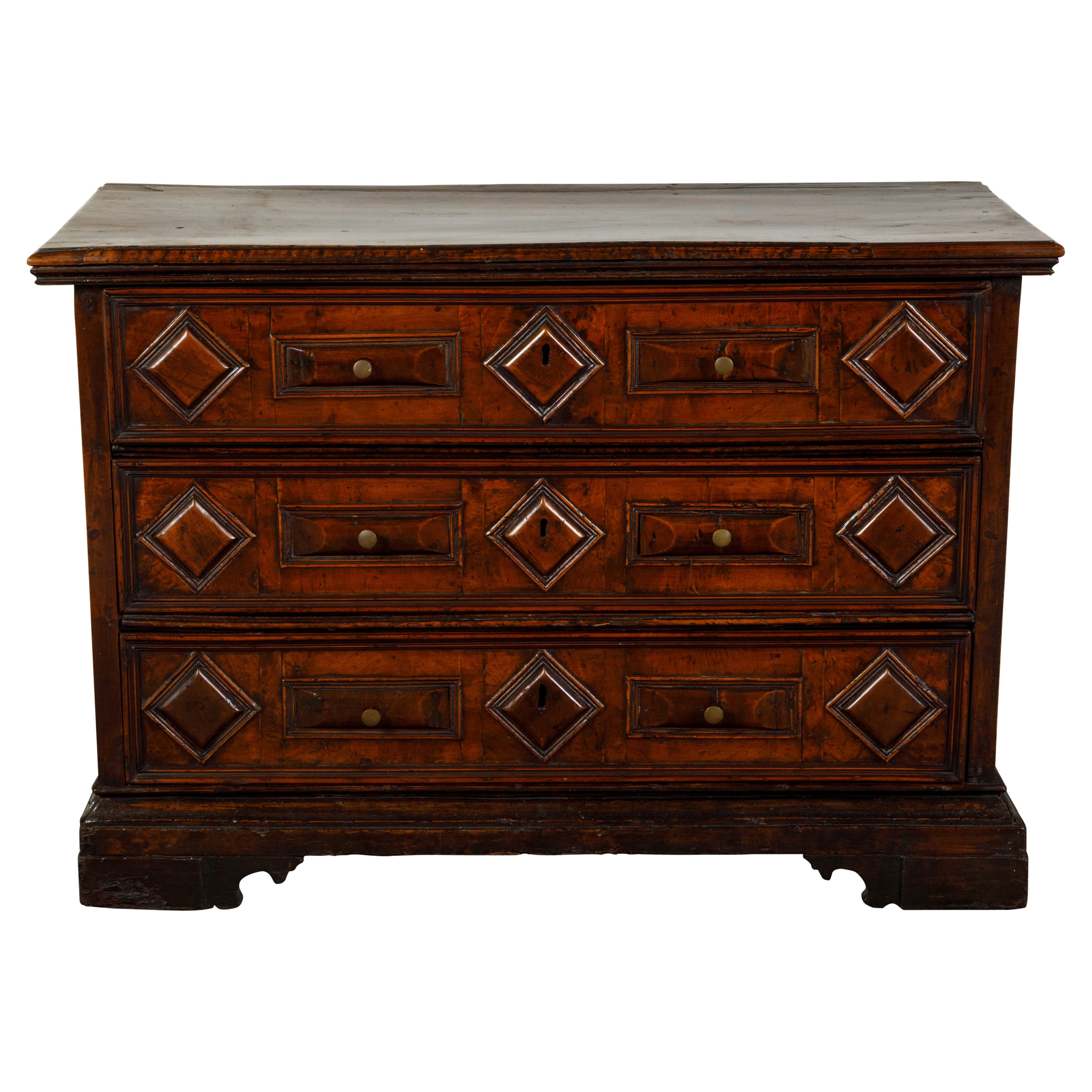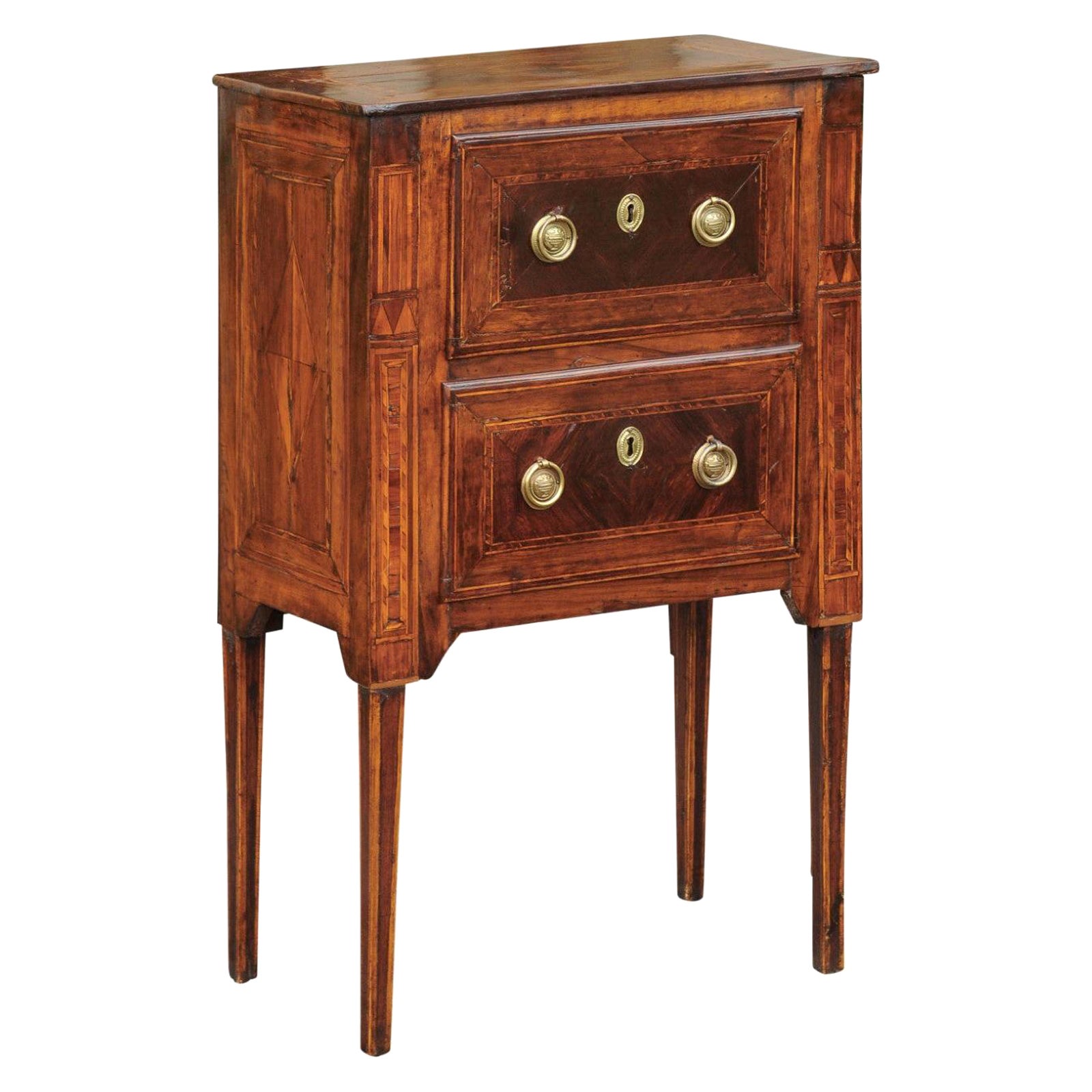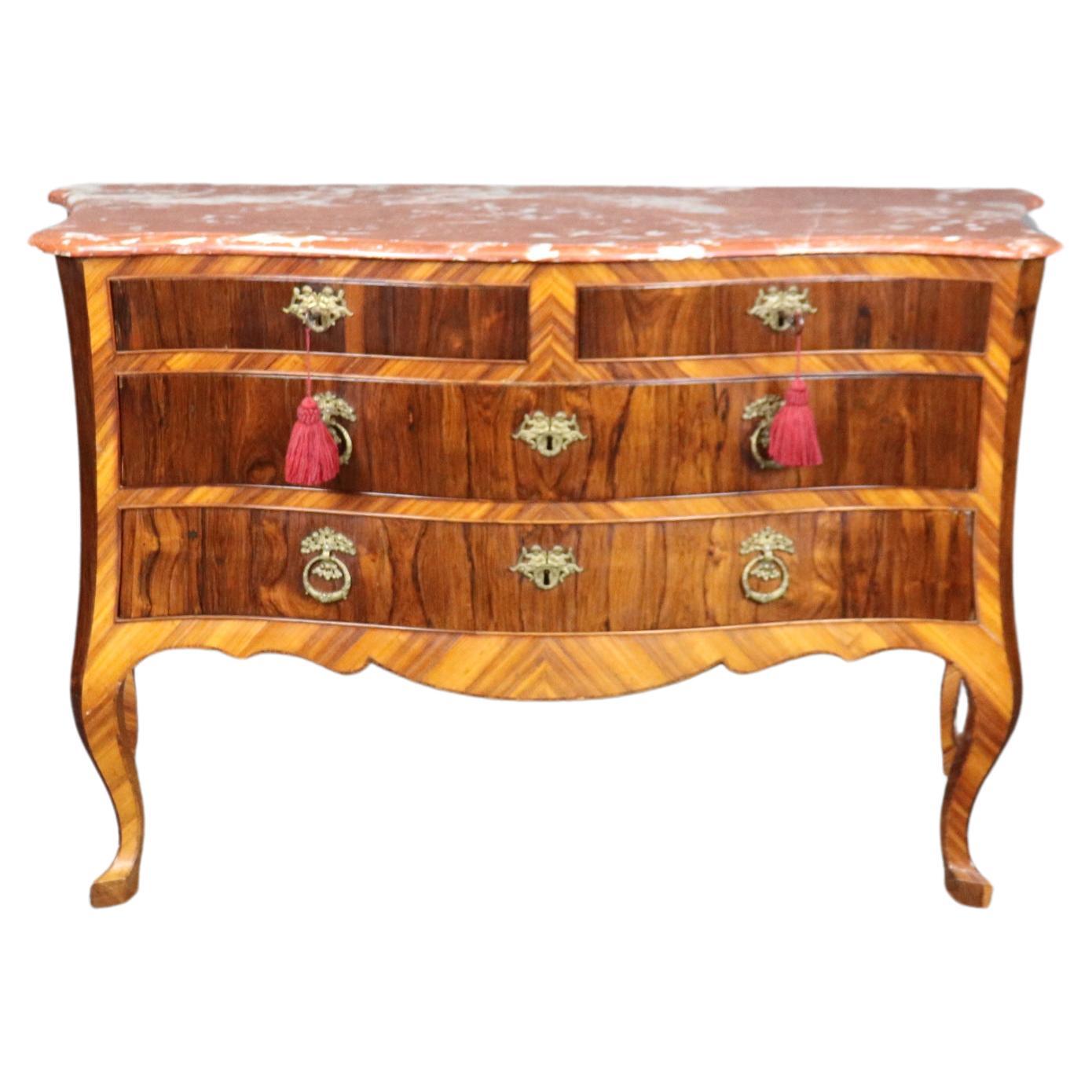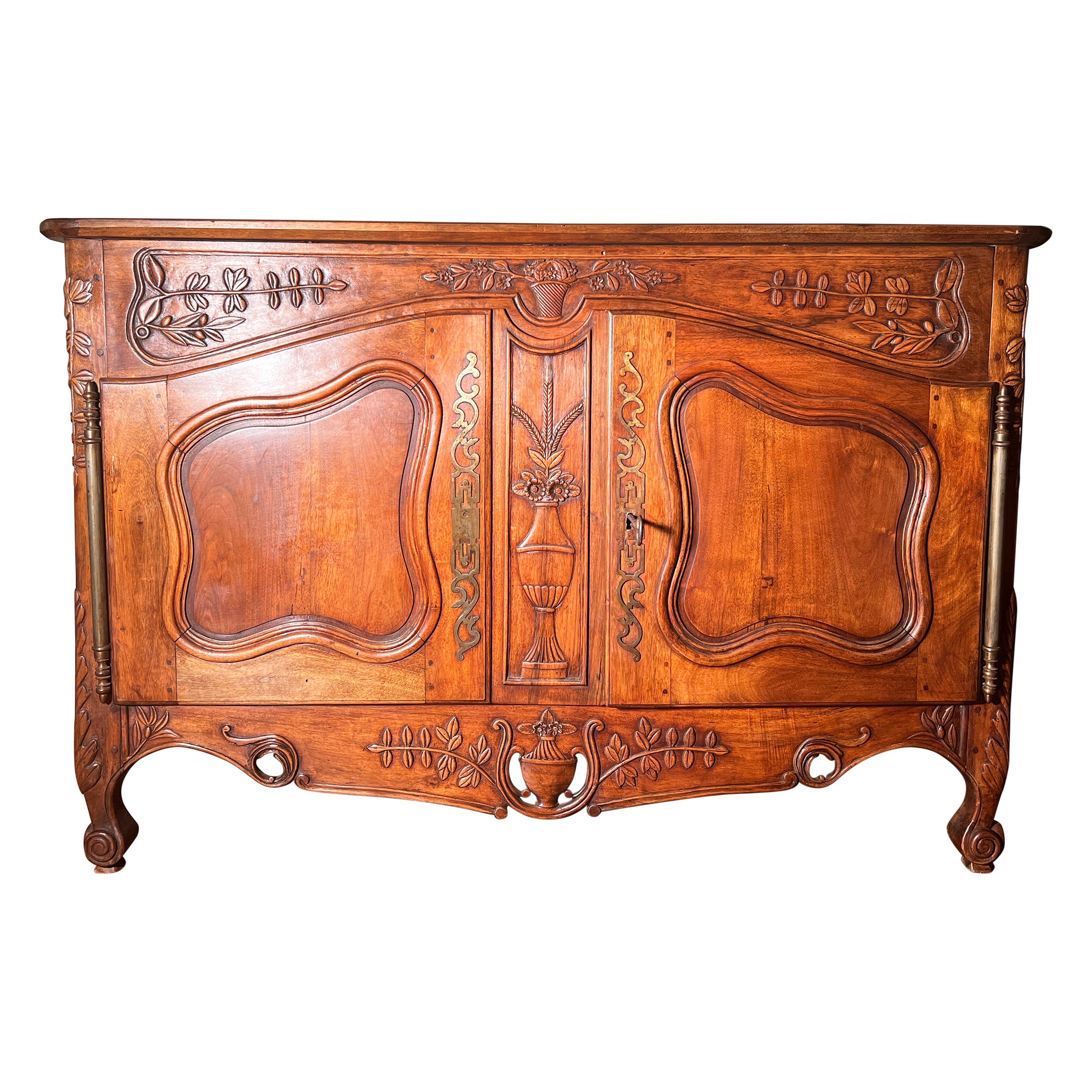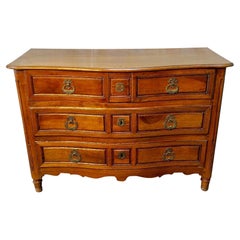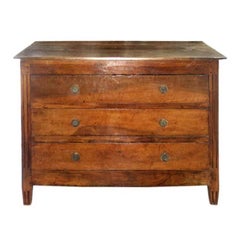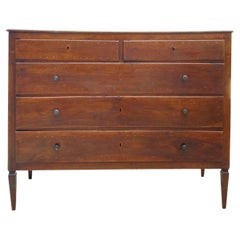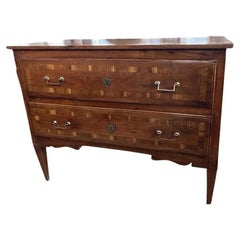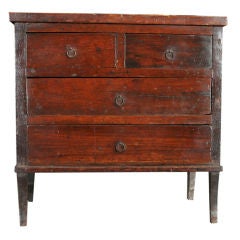
Miniature Walnut Commode. C.1800
View Similar Items
1 of 1
Miniature Walnut Commode. C.1800
About the Item
- Materials and Techniques:
- Place of Origin:
- Period:
- Date of Manufacture:LATE 18TH.CENTURY/EARLY 19TH.CENTURY
- Condition:ORIGINAL CONDITION,ONE BACK LEG RESTORED.
- Seller Location:Banbury, GB
- Reference Number:1stDibs: U101220903540
Authenticity Guarantee
In the unlikely event there’s an issue with an item’s authenticity, contact us within 1 year for a full refund. DetailsMoney-Back Guarantee
If your item is not as described, is damaged in transit, or does not arrive, contact us within 7 days for a full refund. Details24-Hour Cancellation
You have a 24-hour grace period in which to reconsider your purchase, with no questions asked.Vetted Professional Sellers
Our world-class sellers must adhere to strict standards for service and quality, maintaining the integrity of our listings.Price-Match Guarantee
If you find that a seller listed the same item for a lower price elsewhere, we’ll match it.Trusted Global Delivery
Our best-in-class carrier network provides specialized shipping options worldwide, including custom delivery.You May Also Like
1800s French Walnut Four Drawer Commode
Located in Burton, TX
Found in the South of France, this 18th century French Chest of Drawers is constructed of solid walnut having a serpentine front ...
Category
Antique 19th Century French Commodes and Chests of Drawers
Materials
Walnut
French Walnut Directoire Commode, c.1790 - 1800
Located in Napa, CA
Louis XVI Directoire commode from the late 18th Century. Walnut with three drawers with bronze circular hardware.
Category
Antique 18th Century and Earlier French Commodes and Chests of Drawers
Materials
Bronze
Northern Italian Walnut Commode , circa 1800
Located in Los Angeles, CA
The rectangular inlaid top above five drawers raised on square tapered legs
Category
Antique Early 19th Century Italian Commodes and Chests of Drawers
Materials
Walnut
Italian Neoclassical Walnut Commode with Inlay, 1800
Located in Viterbo, VT
Neoclassical commode hand-made in Italy in the early 1800s using walnut and decorated with walnut cross-banded veneer. The dresser features two overlay drawers with ogee edges. The d...
Category
Antique Early 19th Century Italian Commodes and Chests of Drawers
Materials
Walnut
Italian Louis Philippe Style Walnut Miniature Chest Commode Nightstand
Located in Dayton, OH
Vintage Louis Philippe style miniature chest of drawers / commode made of walnut with a string inlay of satinwood on the top and front. The case, finished on all sides, holds a shall...
Category
Late 20th Century Italian Louis Philippe Commodes and Chests of Drawers
Materials
Brass
$1,520 Sale Price
20% Off
Baltic Commode, Circa 1800
Located in New York, NY
This mahogany commode has the fluted rails and canted corners typical of case furniture made along the coasts of the Baltic and North Seas around 1800. More difficult to pinpoint, however, is the exact place of its making, since this geographical region stretches from Germany to Russia, and north from Poland to Scandinavia. That said, a strikingly similar, if slightly plainer commode in a private German collection bears an old paper label that identifies it as having been made in the city of Altona. It also bears the seal of King Christian VII of Denmark who reigned until 1808. At the time, Altona was in the independent Duchy of Schleswig-Holstein, located between Denmark and Prussia. Both nations tried to annex the Duchy, and in 1848 it was ceded to Prussia, which became part of Germany in 1871.
A North Sea port, Altona was a member of the Hanseatic League, an association of seaports that was established in the 14th century to foster trade and police the high seas. Around 1800, the aforementioned King Christian of Denmark, who was also the Duke of Schleswig-Holstein, allowed Jews to freely settle in Altona to increase the tax base. This allowed them to conduct business in neighboring Hamburg, a larger financial hub that maintained quotas. The prosperous Jewish families of Altona built villas there, and decorated them with furnishings that were made locally and imported. Many of those makers owned copies of furniture-pattern books, which were widely disseminated among these seaports, accounting for the difficulty in determining if a piece was made in Altona, Stockholm, or St. Petersburg.
We can’t trace our commode to a Danish king or a known Altona merchant, but we can link it to the New World empire builders...
Category
Antique Early 1800s German Neoclassical Commodes and Chests of Drawers
Materials
Brass
$20,000
Recently Viewed
View AllMore Ways To Browse
Miniature Apprentice Piece Furniture
Apprentice Miniature Chest Of Drawers
Painted Comodini
Red Lion Table Company
Reverse Serpentine Chest
Rosewood Lingerie Chest
Shabby Chic Vintage Chest
Silver Leaf Bombe
Small Antique Chippendale Small Chest Of Drawers
Split Reed Chest
Swedish Grace Dresser
Swedish Gustavian Style Blue Painted Chest Of Drawer
Tiger Birch
Tuscany Baroque Chest
White Washed Oak Chest
18th Century French Migeon
18th Century Maple Highboy
1900 Cedar Chest
